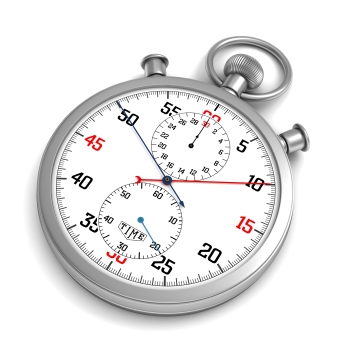You’ve recently learned about millis() and can’t way to delete all of your references to delay(). The problem is that you don’t know quite how to convert your code into millis()-compatible code. Here is a (running) list of millis() examples I’ve put together to help.
Baldengineer’s Arduino millis() Examples
- Arduino Multitasking – Step by step examples of how to convert delay() code into millis() based code, to simulate multitasking.
- Police Lights – Flash two LEDs like strobing police lights
- Control ON and OFF time for a flashing LED. – More control than “blink without delay”
- Stopwatch Example – Calculate how much time code takes to execute
- Chasing LEDs – Larson-scanner style chasing pattern
- De-bounch a button (or switch) – No need for de-bouncing capacitor
- Delayed events after a button push – Timed events (button push is just example.)
- analogWrite() PWM Fading – No delay() and a simple function to keep a LED fading with PWM
- Detect Short and Long Button Press – Give one button multiple functions
You might also want to check out my “Blink Without Delay – Line by Line Tutorial.” It is a much more in-depth explanation than the comments provided with the Arduino IDE example.


